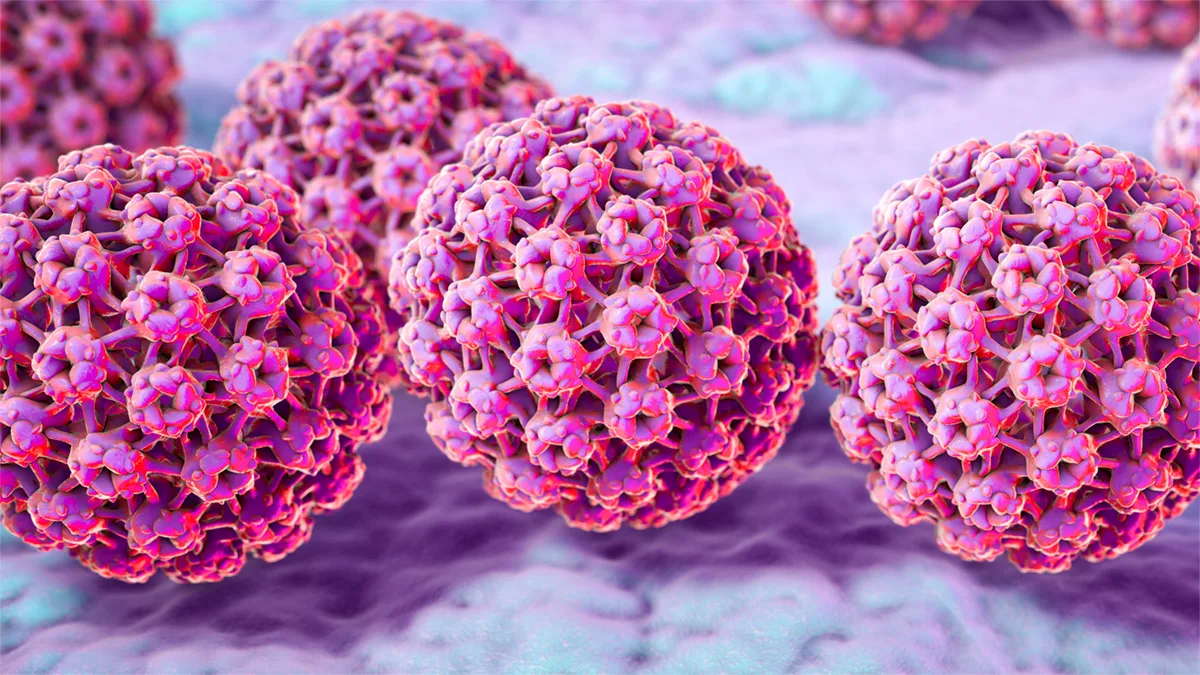
Innovative Intravaginal Treatment for HPV Infection
Why reinvent the wheel when products that performed well through proof-of-concept testing but had no further development are available for repurposing? Two antiviral drugs originally designed for HIV may become the first FDA-approved treatment for human papillomavirus (HPV), filling a critical gap in women's health. Developing a first-to-market HPV therapy is the mission of Daré Bioscience, Inc. (Daré). The San Diego-based publicly traded company’s business model aims to identify therapeutic gaps related to women's health issues such as contraception, menopause, sexually transmitted infections and fertility, and then develop novel programs to advance potentially transformative therapeutics toward market to improve patient outcomes. "Our portfolio includes products that have demonstrated evidence they can be effective and could potentially be quite transformational in just a few years," said Sabrina Johnson, MSc, MBA, Daré's President and CEO. "Maybe they were sitting in an academic institution that just didn't have the right knowledge or finances to take them forward. Or perhaps they were at a small company where the focus was not on woman's health. "Some of these product candidates have shown they can make a difference — but for whatever reason, they just weren't advanced," she continued. "We try to find a way to bring them into our portfolio and move them forward."
Daré Focuses on First Treatment for HPV Infection
Johnson and her team know that many medications have multiple effects. A drug approved for one indication may also be effective against others. "Core to our philosophy is deciding, let's start where there is already known safety and evaluate getting the drug to market for a novel indication where it can also be effective," she noted. That was the case with DARE-HPV, the HPV treatment Daré is developing. Most cervical cancers are caused by this virus, but HPV infections have no treatment. "From a public health perspective, we’ve done a fantastic job in terms of vaccines and screening, but it's shocking that here we are in 2025 and there is no treatment for HPV," Johnson explained. When a woman tests positive for the virus, doctors instead take a watch-and-wait approach. If she develops precancerous or cancerous lesions, she may undergo surgical treatment that can increase her risks for preterm birth and infertility. Some women never go back for follow-up care, also putting their health at risk. The Daré team was intrigued by a small proof-of-concept study conducted in Kenya a decade ago. Women with cervical lesions caused by HPV inserted a tablet into the vagina containing the HIV drugs lopinavir and ritonavir — a tablet designed to be taken orally. The treatment not only cleared the virus in half the woman, but also healed cervical changes in four out of five of them — all by using a therapy that a woman could apply herself, at home. The investigators collaborated with a pharmaceutical company in New Zealand to create an optimized soft-gel formulation of the dual-drug product for easier vaginal insertion and conducted a phase 1 clinical trial that confirmed safety and drug release. That's when Daré came into the picture, bringing the technology into their portfolio in summer 2023. The next steps would be filing an Investigational New Drug Application for the DARE-HPV soft gel vaginal insert and conducting a phase 2 clinical trial.
Johnson's Journey to a Startup: the Reluctant Entrepreneur
A biochemical engineer by training, Johnson began her career as a research scientist working on recombinant therapeutic proteins. "I love the science, but I did not necessarily want to be the person in the laboratory doing it every day," she recalled. She went back to school for an MBA and then transitioned to the business and finance side of the biotech drug development industry. The last two products she worked on in that sector were designed for rheumatoid arthritis and fibromyalgia, two diseases which are disproportionately more common in women. "It got me to thinking about how interesting it would be to work toward solutions for conditions that primarily affect women — not necessarily life-threatening, but life-altering situations such as managing the need for contraception, struggling with infertility and living with the effects of menopause," Johnson said. She considers herself a "reluctant entrepreneur." "I'm not someone who was setting out to become a CEO or start a company. But I was very passionate about working in drug development for women's health, and big pharma wasn't really doing much work in that area," she contended. "I kept coming across these earlier-stage products that seemed like they could really make a difference, but they were just sitting there." In 2015, she shared her thoughts with colleagues from the San Diego biotech community, and they founded Daré. In addition to DARE-HPV, Daré has one marketed product (Xaciato™ (clindamycin phosphate) vaginal gel 2%) and multiple programs in clinical development, including:
Ovaprene®, an investigational non-hormonal vaginally self-inserted monthly contraceptive in a phase 3 clinical trial.
Sildenafil cream, being investigated as a treatment for female sexual arousal disorder, which could be used in the same way as a lubricant before sex; a phase 2b clinical trial was just completed.
DARE-HRT1, an investigational monthly self-administered intravaginal ring that releases bio-identical estradiol and progesterone for women in menopause and is approaching a phase 3 clinical trial.
Johnson’s Advice for Entrepreneurs
Johnson advises entrepreneurs considering the launch of a startup to have conviction and tenacity. "It's not for the faint of heart. It takes a lot of grit and belief in what you're doing. Don't be discouraged," she explained. "You'll hear 1,000 no's. People are very excited to tell you all the reasons that what you want to do is going to fail, or why it's not needed or why they can't give you money. But you have to have the conviction to push forward." She also recommends the occasional look back. Don't push forward a project that no longer makes sense. "Every time you have new information, re-evaluate what you're doing and make sure it continues to align with your original objectives," she concluded.








